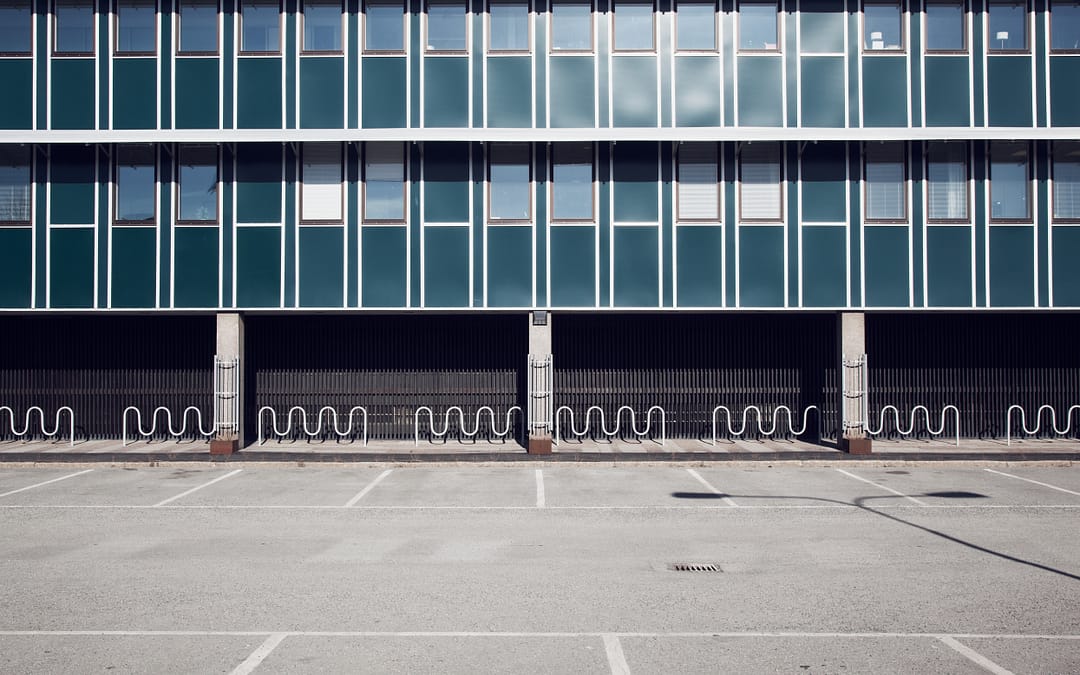Spoiler alert: the below information may surprise you.
Employers are investing in employee wellness more and more. As good intentioned as this support is, there are explicit cost benefits to companies when they don’t have to contribute towards a staff member’s health expenses. Being this fixated on well-being is sometimes difficult when office hours are extended beyond the typical 9-5 with business demands requiring extra time. These time crunches can drive stress, quick/unhealthy eating choices, and a lack of proper sleep cycles.
How are companies utilizing the built environment to promote wellness while still tackling overtime staffing needs? This is a fairly newer dialogue, but one that is showing a ton of benefit to companies pushing the focus, even when an overtime scenario isn’t in play. Aside from an office’s vending machine choices, there are more permanent, design-related features that show how bad architecture can be a contributor to America’s obesity and overall wellness problem.
Although a mile distance between each desk would certainly cause a physical activity boom, there are smarter construction-oriented tactics to encourage wellness—and vice-versa, there are elements of office construction that can be extremely detrimental to employee wellness. With these areas within control, business owners are taking a second look at their office space to grasp the most value from an employee health perspective.
Jessica Leber of Fast Coexist highlighted that “The Centers for Disease Control and Prevention (CDC) and the General Services Administration (GSA) have now created a new certification, called Fitwel, to encourage healthier workplaces, where many people spend too much of their lives. After piloting the scoring algorithm in 89 federal government buildings in 2015, they are now partnering with the Center for Active Design, a nonprofit established by then-New York City mayor Michael Bloomberg in 2013, to make it available to any workplace.”
Some unique ways that organizations are optimizing employee wellness through construction include:
Enabling Daylight Access:
It has been proven that exposure to daylight allows an average of 46 more minutes of sleep each night. This increased rest time exponentially affects productivity and can lessen the harmful health effects of sleep deprivation. With the additional energy benefits of requiring less artificial lighting, there are a few ways adding some extra windows or skylights can cut back on costs, from both a wellness and energy-use angle.
In-Office Gyms:
To encourage physical activity with a zero cost to employees in a gym readily available, there are few excuses not to become engaged. Especially if this behavior is incentivized with mini rewards, there can be some friendly competition among coworkers as they grow increasingly active. According to A Chron Small Business blog by Stan Mack, “One cost-benefit analysis of corporate gyms found they save $1.15 to $5.52 per dollar spent, according to research cited by the book “Fit Over 40 for Dummies,” by Betsy Nagelsen McCormack and Mike Yorkey. Companies that instituted fitness programs experienced decreased absenteeism, lower turnover rates and reduced usage of sick leave, which saved money and increased productivity.”
Cycle-Friendly Offices:
Depending on the office location and setting, oftentimes employees commute to work is via public transit, or shorter-distance resources. If buildings make their offices friendly to cyclists, this is a huge wellness driver. With secure bike storage, and elevators that have a larger capacity, this type of encouragement can add to employee morale as well as aid wellness.
Ergonomics Accommodations:
I once worked at a ‘walking desk’ (treadmill attached to a computer desk) while traveling for a day, and I couldn’t image how great I’d feel if I were able to work in that type of setting each day. The National Safety Council points toward workplace ergonomics as a huge cause of injuries, and as employers tackle this head on, there is a significant opportunity for ROI. Especially in sedentary roles, poor posture and long-term sitting can contribute to a wide range of chiropractic and joint issues if not assessed for safety. With a wide array of options like walking desks, supportive seating, standing desks, and other structures encouraging movement, business/building owners can impact this area positively.
Building Design + Construction concludes that, “A building’s ability to make occupants’ healthier will one day be more than a perk, but rather, a baseline expectation.” Through integrating some of the above suggestions, building owners/designers can retain office tenants that aim to benefit from strong employee wellness returns.
Sources referenced:
http://www.bdcnetwork.com/blog/buildings-invest-wellbeing-see-healthy-returns
http://smallbusiness.chron.com/advantages-having-corporate-office-gym-57457.html

